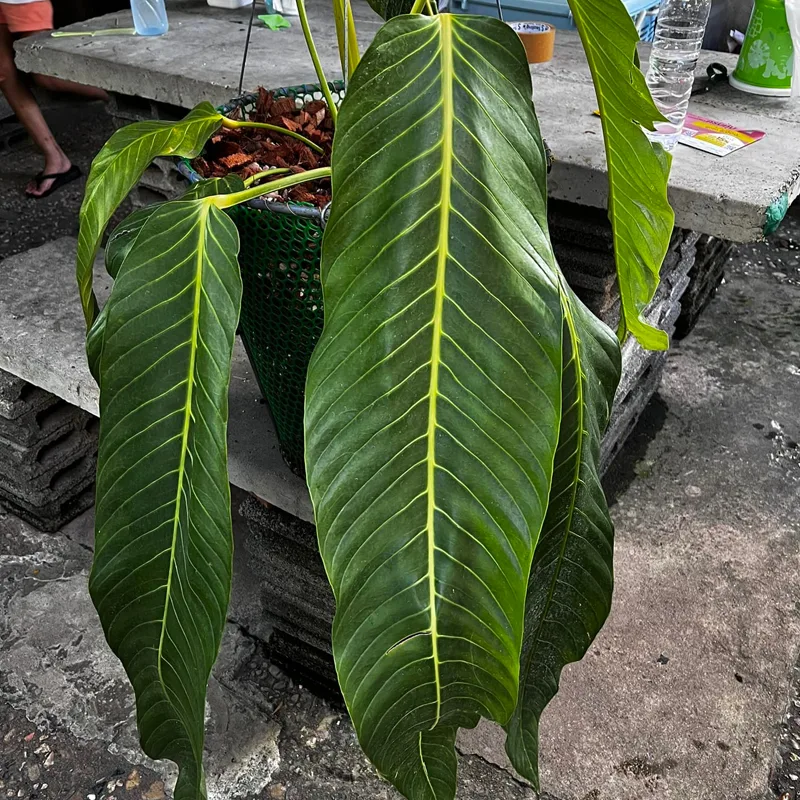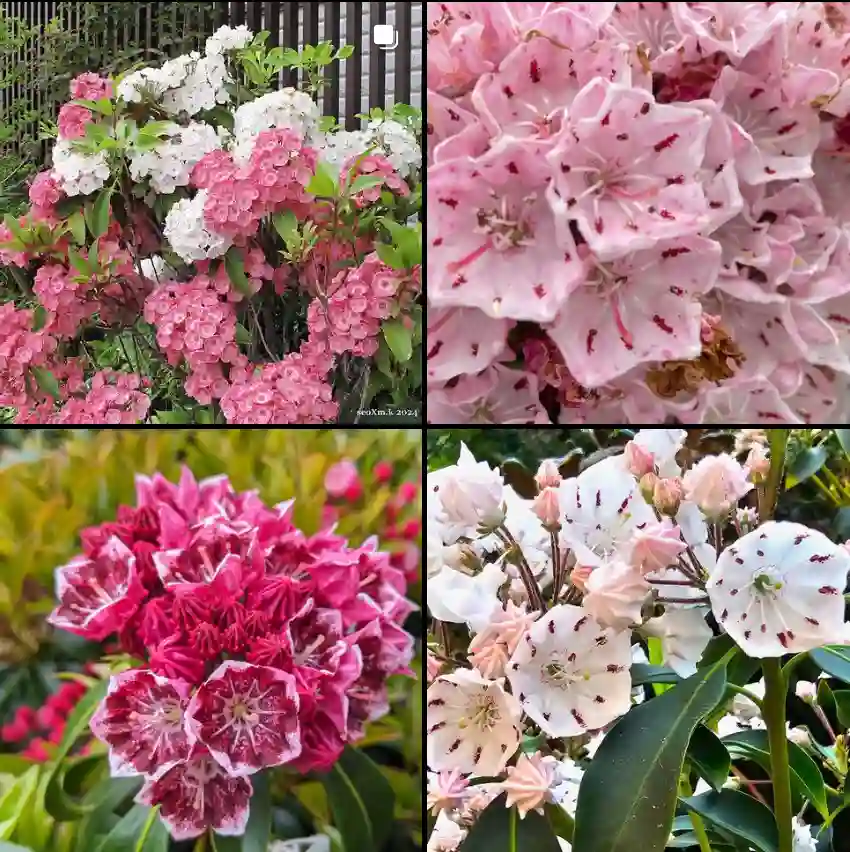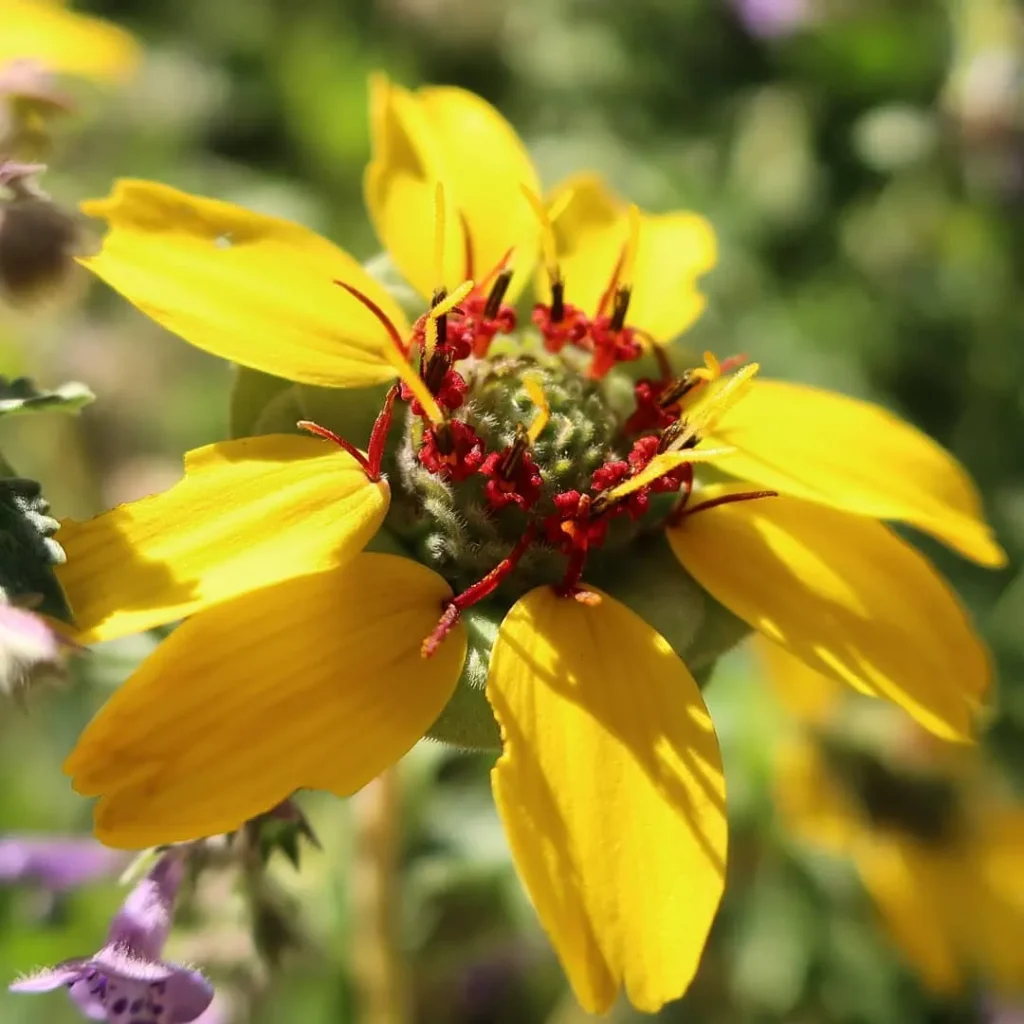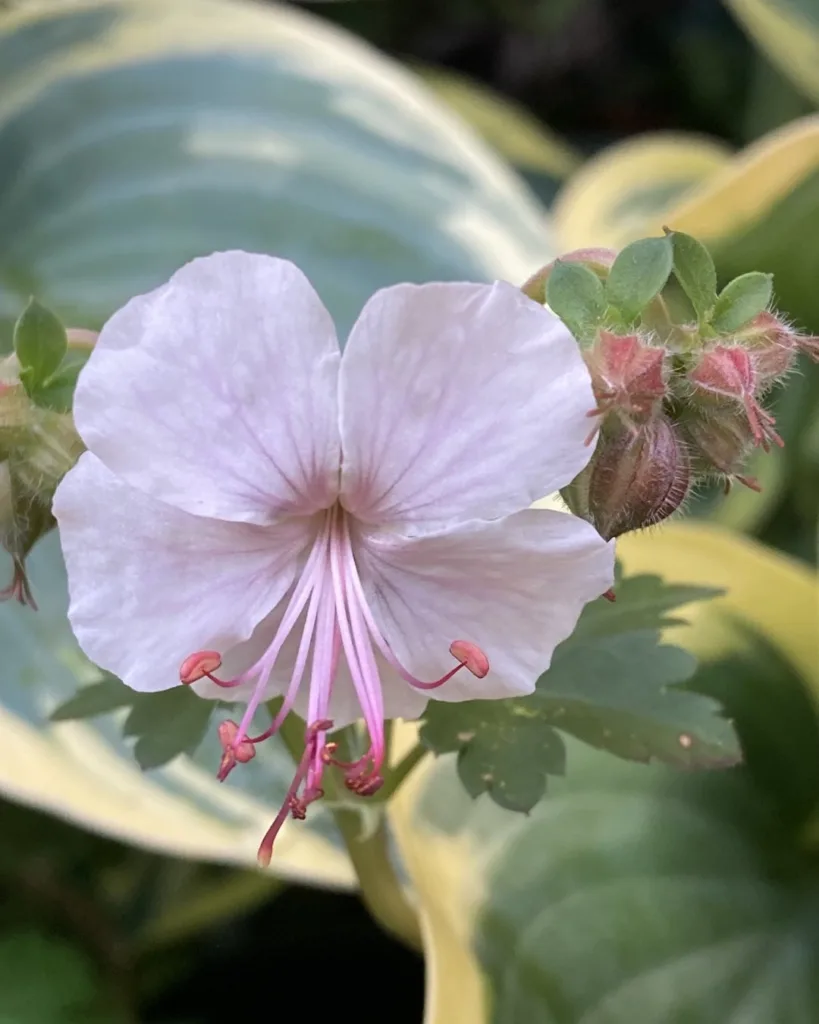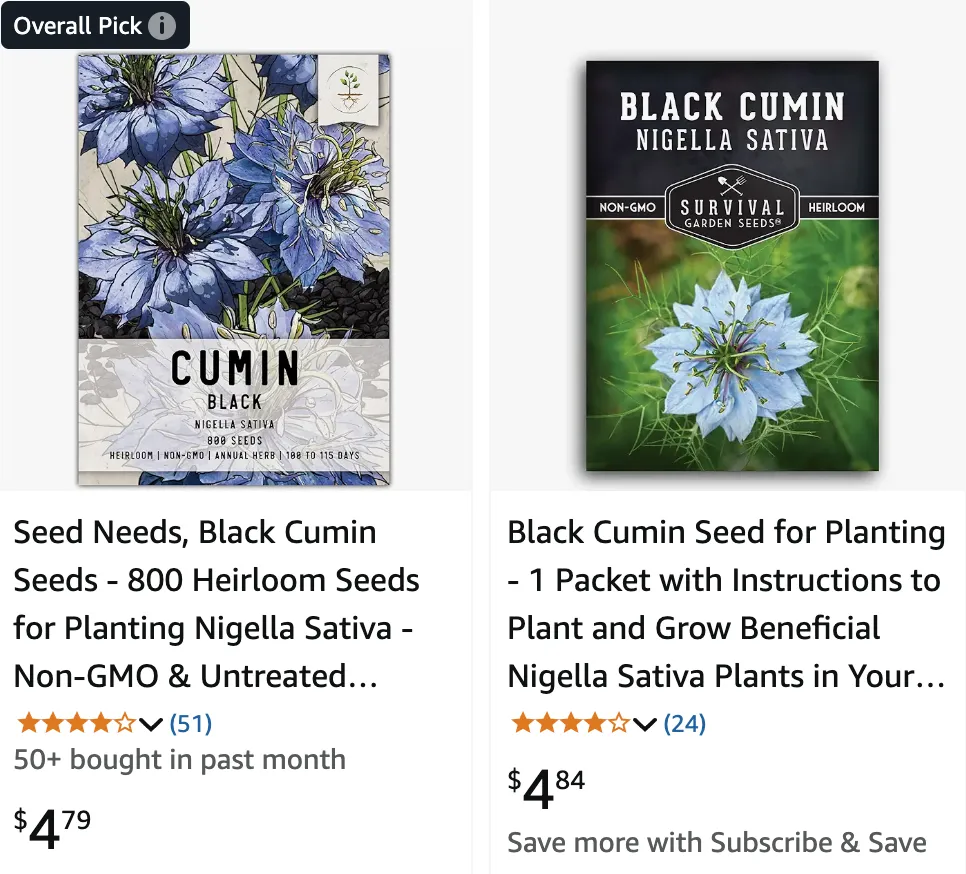
25 Species in Genus Nigella
What is Nigella Sativa?
Nigella Sativa, often referred to as black cumin, is a flowering plant native to South Asia and the Middle East. The seeds of this plant have been used for centuries in traditional medicine and culinary applications. Known for its distinctive black seeds, Nigella Sativa is prized for its potential health benefits and unique flavor.
What is Nigella Sativa oil?
Nigella Sativa oil, also known as black seed oil, is extracted from the seeds of the Nigella Sativa plant. This oil is rich in antioxidants and contains compounds like thymoquinone, which is believed to contribute to its medicinal properties. It is commonly used for skincare, immune support, and digestive health.
How to eat Nigella Sativa?
You can eat Nigella Sativa seeds by sprinkling them on salads, bread, or yogurt. They can also be ground into a powder and added to smoothies or mixed with honey. For oil, you can consume it directly or mix it into dressings and marinades.
Is Nigella Sativa the same as black cumin?
Nigella Sativa is often referred to as black cumin, but it is not the same as the traditional black cumin (Bunium bulbocastanum). While both are used as spices and have health benefits, they are different plants with distinct flavors and uses.
Does Nigella Sativa have THC?
No, Nigella Sativa does not contain THC (tetrahydrocannabinol), the psychoactive compound found in cannabis. It is safe and non-psychoactive.
Does Nigella Sativa lower blood pressure?
Some studies suggest that Nigella Sativa may help lower blood pressure due to its anti-inflammatory and vasodilatory properties. However, more research is needed, and it’s advisable to consult a healthcare professional before using it as a treatment.
How to grow Nigella Sativa?
To grow Nigella Sativa, plant its seeds in well-draining soil with plenty of sunlight. Sow the seeds directly into the soil in early spring and keep the soil moist but not waterlogged. Thin out the seedlings to allow space for growth.
Nigella Sativa vs. black cumin—what’s the difference?
While Nigella Sativa is often called black cumin, it is distinct from the plant traditionally known as black cumin (Bunium bulbocastanum). Nigella Sativa seeds are smaller and have a more bitter flavor compared to black cumin’s milder taste.
Nigella Sativa powder vs. oil—which is better?
Nigella Sativa powder is more versatile for cooking and baking, while the oil is concentrated and better suited for medicinal or cosmetic use. The choice depends on your intended use.
Nigella Sativa seeds vs. oil—what are the differences?
The seeds are typically used in cooking or ground into powder, while the oil is concentrated and used for therapeutic purposes. The seeds offer dietary fiber, whereas the oil provides a concentrated dose of active compounds like thymoquinone.
Nigella Sativa vs. black sesame—are they the same?
No, Nigella Sativa and black sesame are different. Black sesame seeds are larger, have a nutty flavor, and are primarily used in Asian cuisine, while Nigella Sativa seeds are smaller with a slightly bitter taste and are used in Middle Eastern and South Asian cooking.
Nigella Sativa vs. Kalonji—are they the same?
Yes, Nigella Sativa is the same as Kalonji. Kalonji is a common name for Nigella Sativa seeds in South Asian regions.
Nigella Sativa vs. Nigella Damascena—what’s the difference?
Nigella Sativa and Nigella Damascena are different species. Nigella Sativa is cultivated for its seeds and oil, while Nigella Damascena, also known as Love-in-a-Mist, is primarily grown as an ornamental plant.
Nigella Sativa vs. onion seed—are they the same?
No, Nigella Sativa is often mistaken for onion seeds due to their similar appearance, but they come from different plants. Onion seeds are harvested from onion flowers, while Nigella Sativa seeds come from the Nigella Sativa plant.
How to care for Nigella Sativa plants?
Provide Nigella Sativa plants with full sunlight and well-draining soil. Water moderately to keep the soil moist but avoid overwatering. Deadhead flowers to encourage prolonged blooming.
How to propagate Nigella Sativa?
Nigella Sativa is propagated by seeds. Sow seeds directly into the soil in early spring, as they do not transplant well. Keep the soil moist until germination occurs.
What to plant with Nigella Sativa?
Nigella Sativa pairs well with other herbs and flowers like marigolds, dill, and chamomile. These companion plants can enhance the garden’s appearance and attract beneficial insects.
Can you grow Nigella Sativa indoors?
Yes, Nigella Sativa can be grown indoors if placed in a sunny location with well-draining soil. Ensure the plant receives at least 6-8 hours of sunlight daily.
Is Nigella Sativa toxic?
Nigella Sativa is generally considered safe when consumed in moderation. However, excessive intake may cause side effects such as upset stomach or allergic reactions.
What are the benefits of Nigella Sativa?
Nigella Sativa is known for its potential benefits, including immune support, anti-inflammatory properties, digestive health, and antioxidant effects. It has also been studied for its role in managing blood pressure and blood sugar levels.
What are common problems when growing Nigella Sativa?
Common problems include poor germination due to overwatering, pests like aphids, and fungal diseases caused by excessive humidity. Ensure proper care to prevent these issues.
If i die, water my plants!
